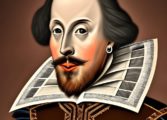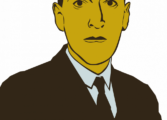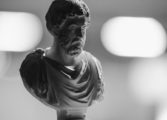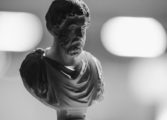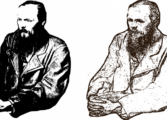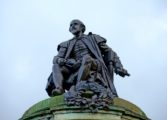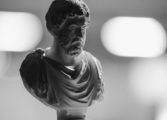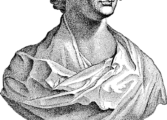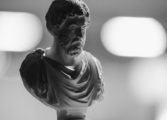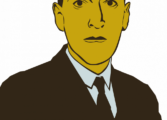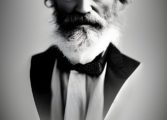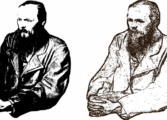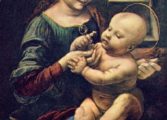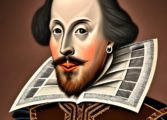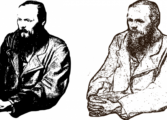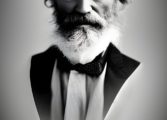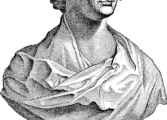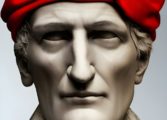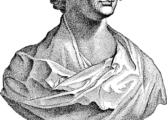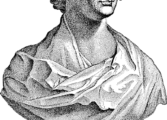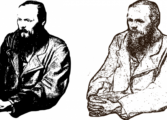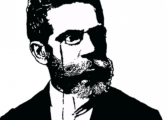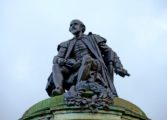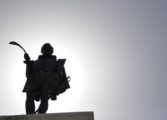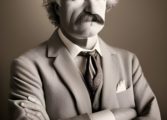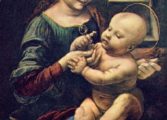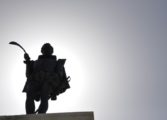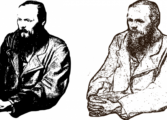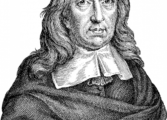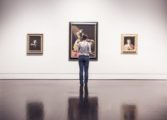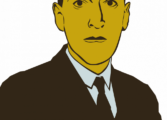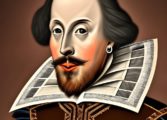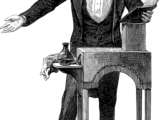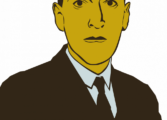The Ugly Duckling by H
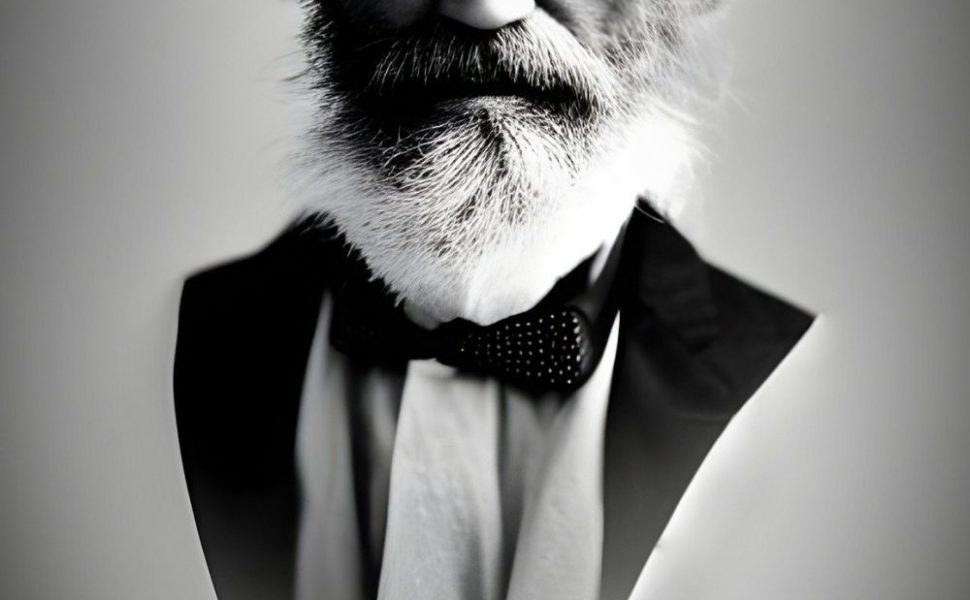
.C. Andersen: A Tale of Transformation and Hope for Art Enthusiasts
Introduction
The Ugly Duckling by Hans Christian Andersen is a timeless and beloved fairy tale that has captured the hearts of readers worldwide. This enchanting story follows the journey of a small, misunderstood duckling as it grows up in a world where it doesn’t fit in. The tale has resonated with audiences of all ages, offering a powerful message of self-acceptance, transformation, and the beauty that lies within.
Historical Evolution of “The Ugly Duckling”
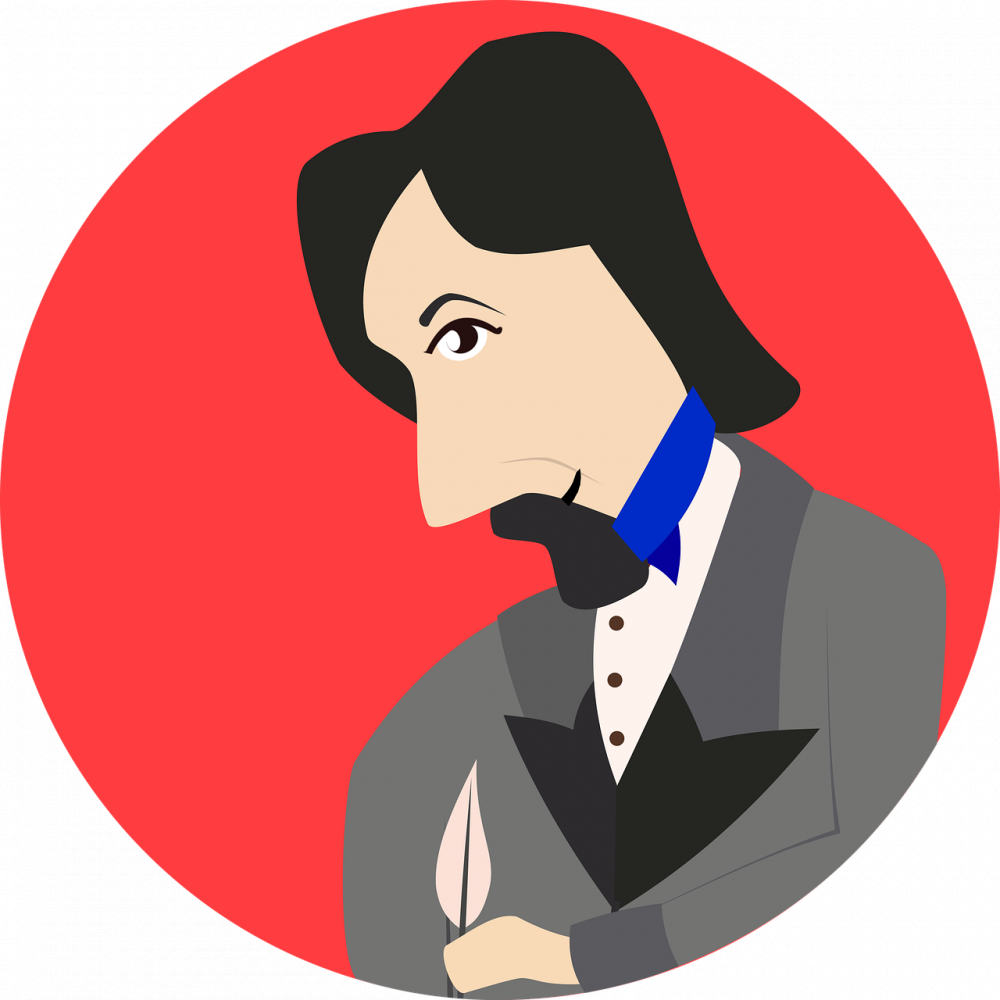
The Ugly Duckling was first published by Hans Christian Andersen in 1843 as part of his collection of fairy tales. Andersen, a Danish author and poet, is known for his magical storytelling and ability to convey profound emotions through his tales. This particular story stands out as one of his most iconic works, resonating across cultures and generations.
The fairy tale’s popularity grew steadily over time, captivating readers with its poignant themes and relatable characters. It has been translated into numerous languages, further expanding its reach globally. Adaptations in various forms followed suit, including stage plays, musicals, and even animated films.
Key Elements to Know
– The Power of Transformation: At its core, “The Ugly Duckling” teaches us about the transformative power of love, kindness, and self-acceptance. The journey of the initially rejected duckling into a swan symbolizes personal growth, resilience, and the ability to overcome adversity.
– Themes of Identity and Belonging: The story explores the universal desire to find one’s place in the world and the challenges that come with feeling different or misunderstood. This theme resonates with individuals of all backgrounds, ages, and experiences, making it a timeless and relatable tale.
– Symbolism and Allegory: “The Ugly Duckling” is rich in symbolism and allegorical elements. The duckling’s physical appearance represents society’s tendency to judge solely based on external factors, while its transformation into a swan symbolizes the discovery of one’s true self-worth and potential.
Evolution of the Tale Over Time
Over the years, “The Ugly Duckling” has evolved alongside the changing cultural landscape. Its enduring popularity has resulted in numerous adaptations across different art forms. From animated films to theatrical productions, the story continues to inspire and captivate audiences worldwide.
In recent times, contemporary artists have also found inspiration in “The Ugly Duckling.” Through various mediums such as paintings, sculptures, and installations, these artists explore the themes of identity, transformation, and societal pressures. By reimagining the tale, they contribute to its ongoing relevance and provoke thought-provoking discussions within the art community and beyond.
Featured Snippet Optimization
To increase the likelihood of this article being featured as a snippet on Google search, it is vital to structure the text accordingly. By incorporating bulleted points, the key information becomes more accessible and enhances the article’s visibility. Here are a few bulleted points summarizing the main aspects of “The Ugly Duckling”:
– Published in 1843 by Hans Christian Andersen.
– A tale of self-acceptance, transformation, and the true beauty within.
– Explores themes of identity, belonging, and the power of love.
– Symbolism and allegory play a significant role in the story.
– Adapted into various art forms over time.
– Continues to inspire contemporary artists, contributing to its ongoing relevance.
Conclusion
“The Ugly Duckling” by Hans Christian Andersen remains an influential work that resonates with audiences around the world. Its timeless themes of self-discovery, transformation, and the pursuit of true identity make it a beloved tale for art enthusiasts and collectors alike. Through its various adaptations and interpretations, the story continues to inspire artists, spark meaningful conversations, and remind us of the profound beauty that lies within every individual.






